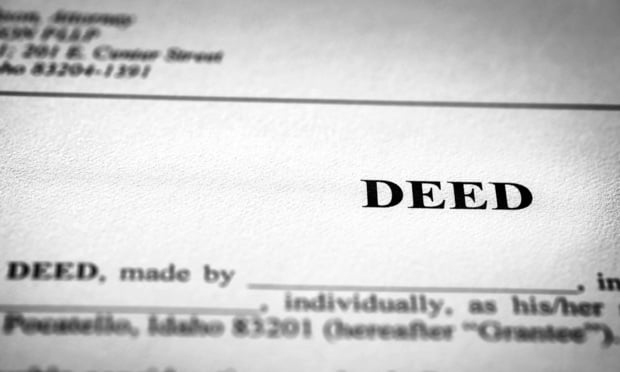Law.com Subscribers SAVE 30%
Call 855-808-4530 or email [email protected] to receive your discount on a new subscription.
Mastering the Art of Handling Negative Comments On Social Media
In the dynamic world of social media, businesses must navigate a double-edged sword. While it offers unparalleled opportunities for engagement and brand promotion, it also exposes them to the risk of negative comments and backlash. These comments can originate from dissatisfied clients, disgruntled employees, or even anonymous trolls; however, just as organizations prepare for disaster recovery and data breaches, having a well-thought-out social media response plan is equally critical. In this article, we delve deeper into dealing with negative comments on social media and shedding light on the intricacies of managing your online reputation.
The Multifaceted Landscape of Negative Comments
Negative comments on social media come in various forms, each with its own set of challenges. Understanding the nuances of these comment types is essential for a comprehensive response strategy:
- Client/Customer Complaints: These comments can range from mild dissatisfaction to outright anger regarding your products, services, or staff.
- Trolling: Trolls are a common sight on platforms like Instagram, Facebook and Twitter. They deliberately post provocative and inflammatory comments to incite reactions.
- Malicious Comments: These go beyond trolling, often containing profanity or offensive language that can be deeply hurtful or damaging to your brand's image.
- Threatening Comments: In some instances, comments may take a more sinister turn, becoming physically, emotionally, or otherwise violent in nature.
- Offensive and Hate Comments: These comments target individuals or groups based on their race, gender, religion, or other personal attributes, spreading negativity and hatred.
- Spammy Links: Comments that contain suspicious or irrelevant links are an attempt to divert traffic or spread malware.
The Difference Between B2C Responses and B2B Responses
The differences in brand responses to negative comments on social media between business-to-consumer and business-to-business brands are rooted in audience expectations, tone, problem-solving approaches, speed of response, confidentiality, relationship building, and the potential impact on reputation. Understanding these distinctions is crucial for both types of brands to maintain a positive online presence and effectively address customer concerns in their respective markets.
For example, a consumer brand's response to a negative comment on social media might look like this:
This premium content is locked for Entertainment Law & Finance subscribers only
ENJOY UNLIMITED ACCESS TO THE SINGLE SOURCE OF OBJECTIVE LEGAL ANALYSIS, PRACTICAL INSIGHTS, AND NEWS IN ENTERTAINMENT LAW.
- Stay current on the latest information, rulings, regulations, and trends
- Includes practical, must-have information on copyrights, royalties, AI, and more
- Tap into expert guidance from top entertainment lawyers and experts
Already a have an account? Sign In Now Log In Now
For enterprise-wide or corporate acess, please contact Customer Service at [email protected] or 877-256-2473

Major Differences In UK, U.S. Copyright Laws
This article highlights how copyright law in the United Kingdom differs from U.S. copyright law, and points out differences that may be crucial to entertainment and media businesses familiar with U.S law that are interested in operating in the United Kingdom or under UK law. The article also briefly addresses contrasts in UK and U.S. trademark law.

The Article 8 Opt In
The Article 8 opt-in election adds an additional layer of complexity to the already labyrinthine rules governing perfection of security interests under the UCC. A lender that is unaware of the nuances created by the opt in (may find its security interest vulnerable to being primed by another party that has taken steps to perfect in a superior manner under the circumstances.

Strategy vs. Tactics: Two Sides of a Difficult Coin
With each successive large-scale cyber attack, it is slowly becoming clear that ransomware attacks are targeting the critical infrastructure of the most powerful country on the planet. Understanding the strategy, and tactics of our opponents, as well as the strategy and the tactics we implement as a response are vital to victory.

Legal Possession: What Does It Mean?
Possession of real property is a matter of physical fact. Having the right or legal entitlement to possession is not "possession," possession is "the fact of having or holding property in one's power." That power means having physical dominion and control over the property.

The Stranger to the Deed Rule
In 1987, a unanimous Court of Appeals reaffirmed the vitality of the "stranger to the deed" rule, which holds that if a grantor executes a deed to a grantee purporting to create an easement in a third party, the easement is invalid. Daniello v. Wagner, decided by the Second Department on November 29th, makes it clear that not all grantors (or their lawyers) have received the Court of Appeals' message, suggesting that the rule needs re-examination.

